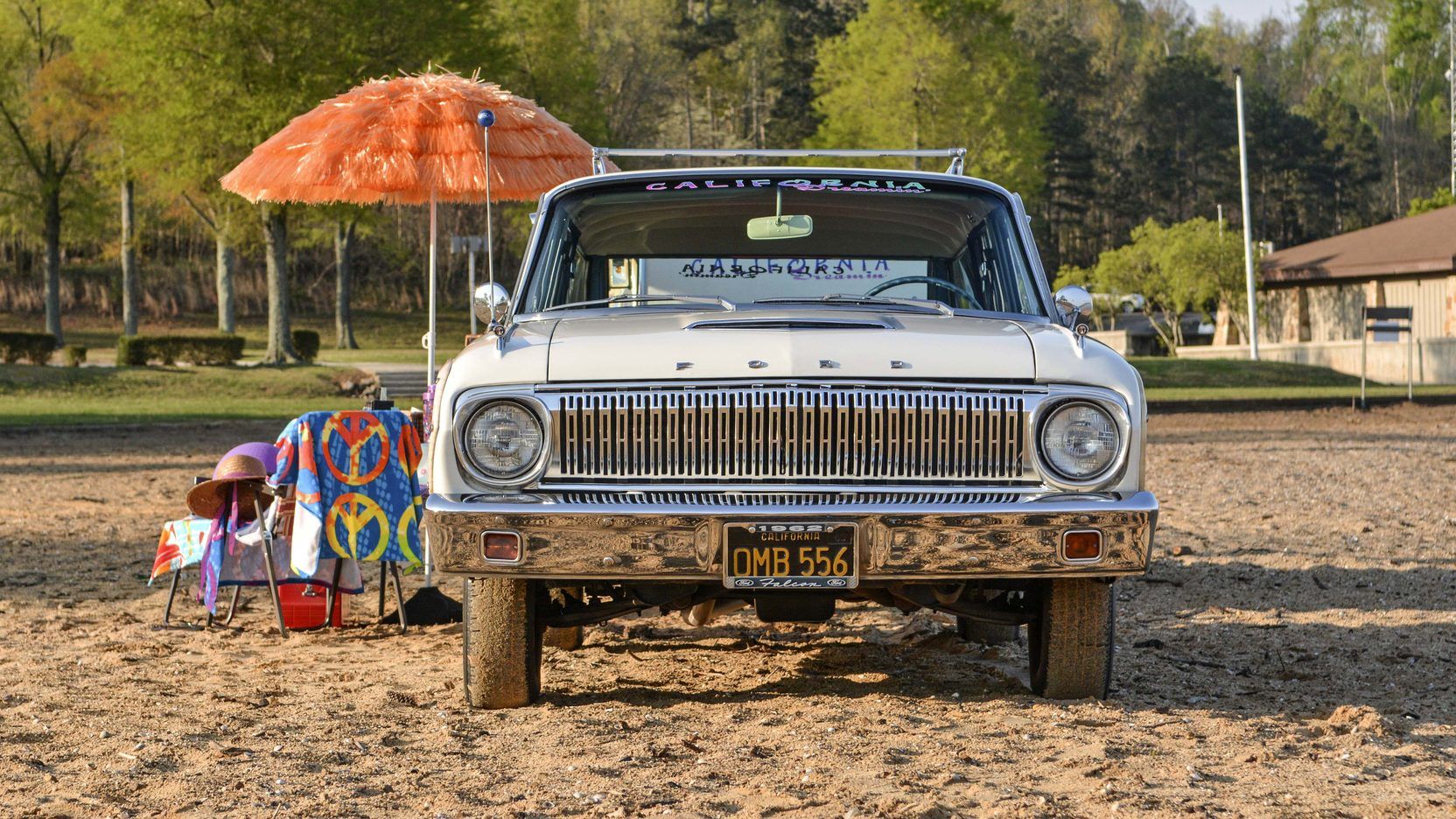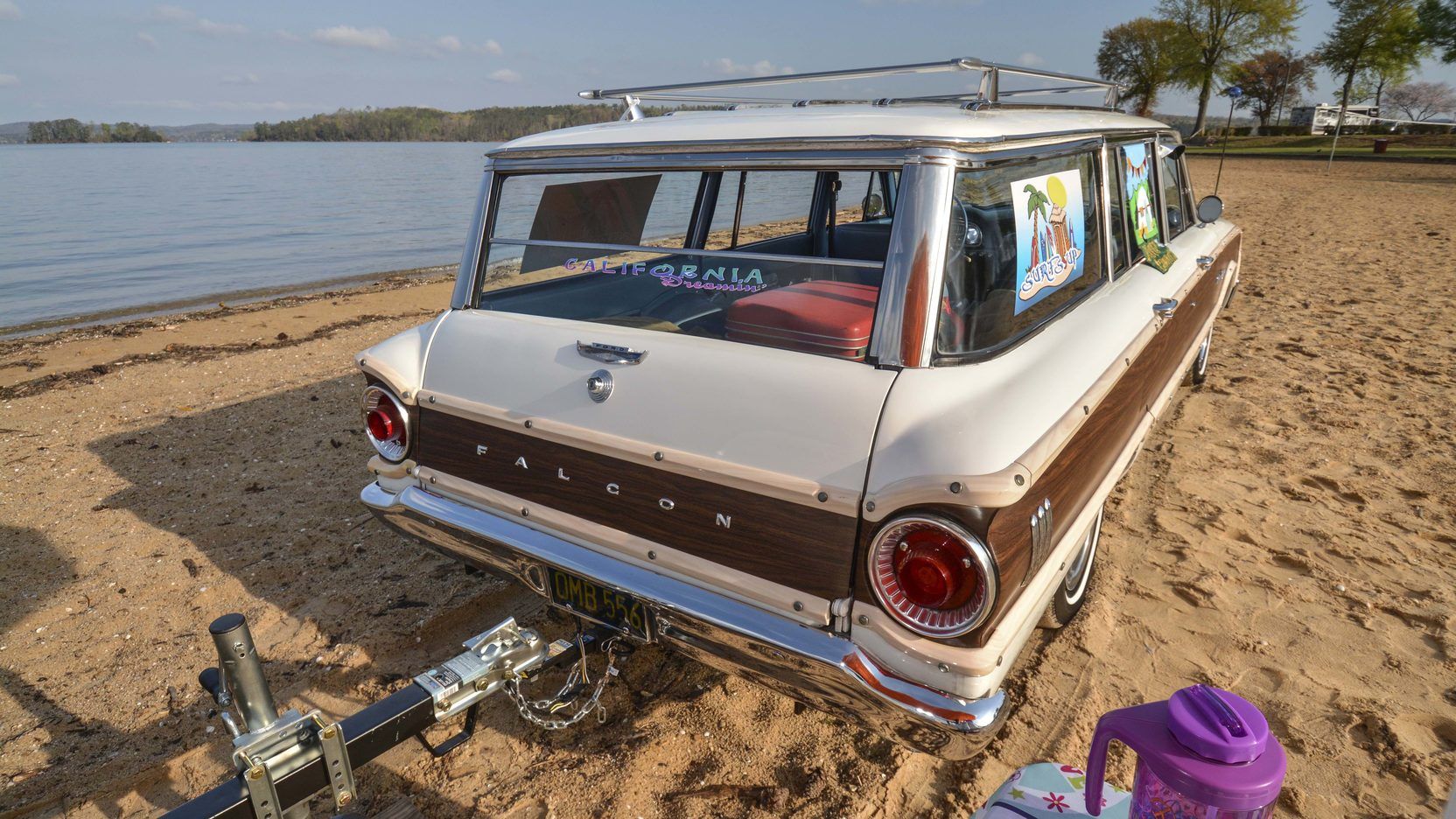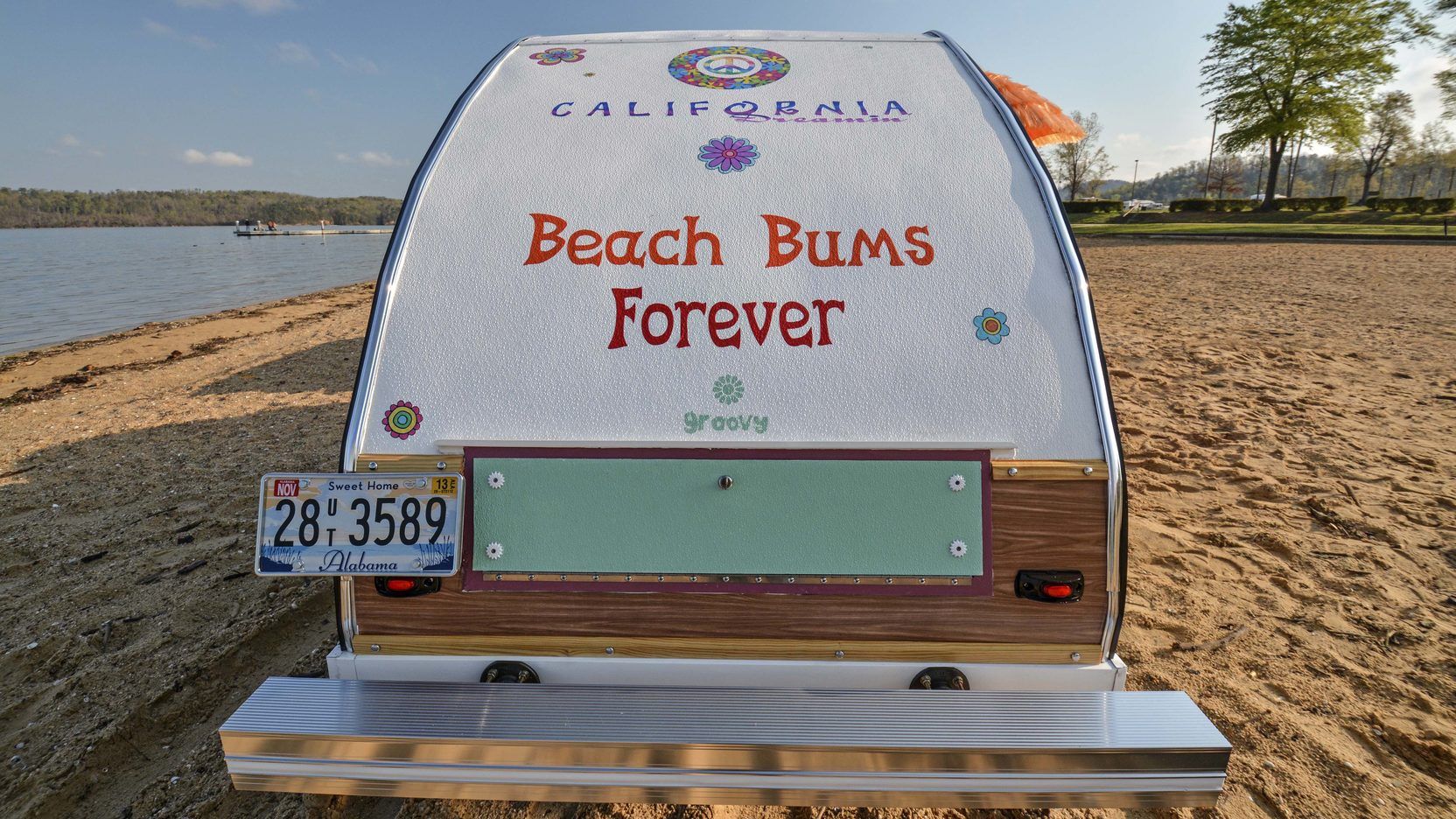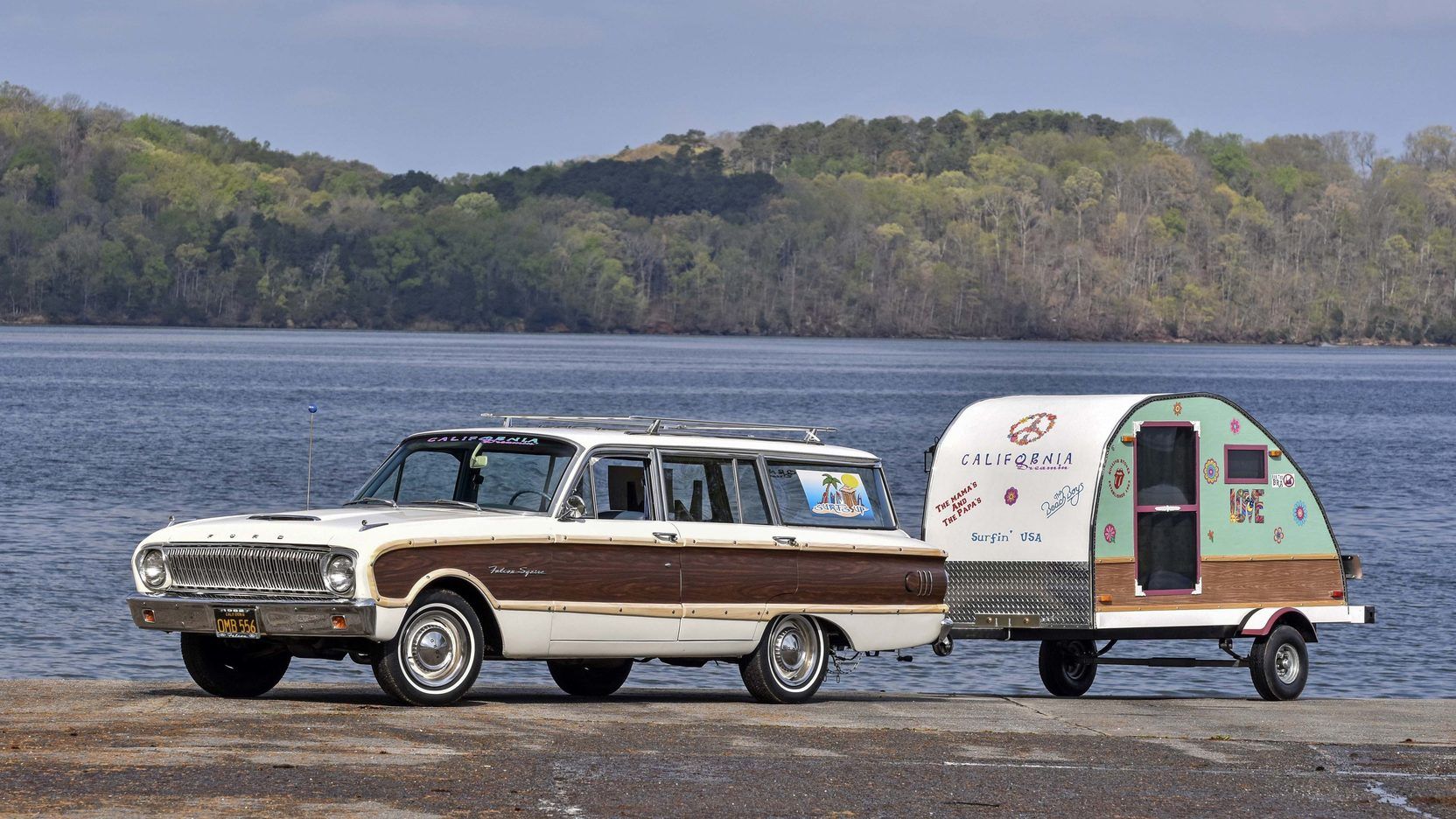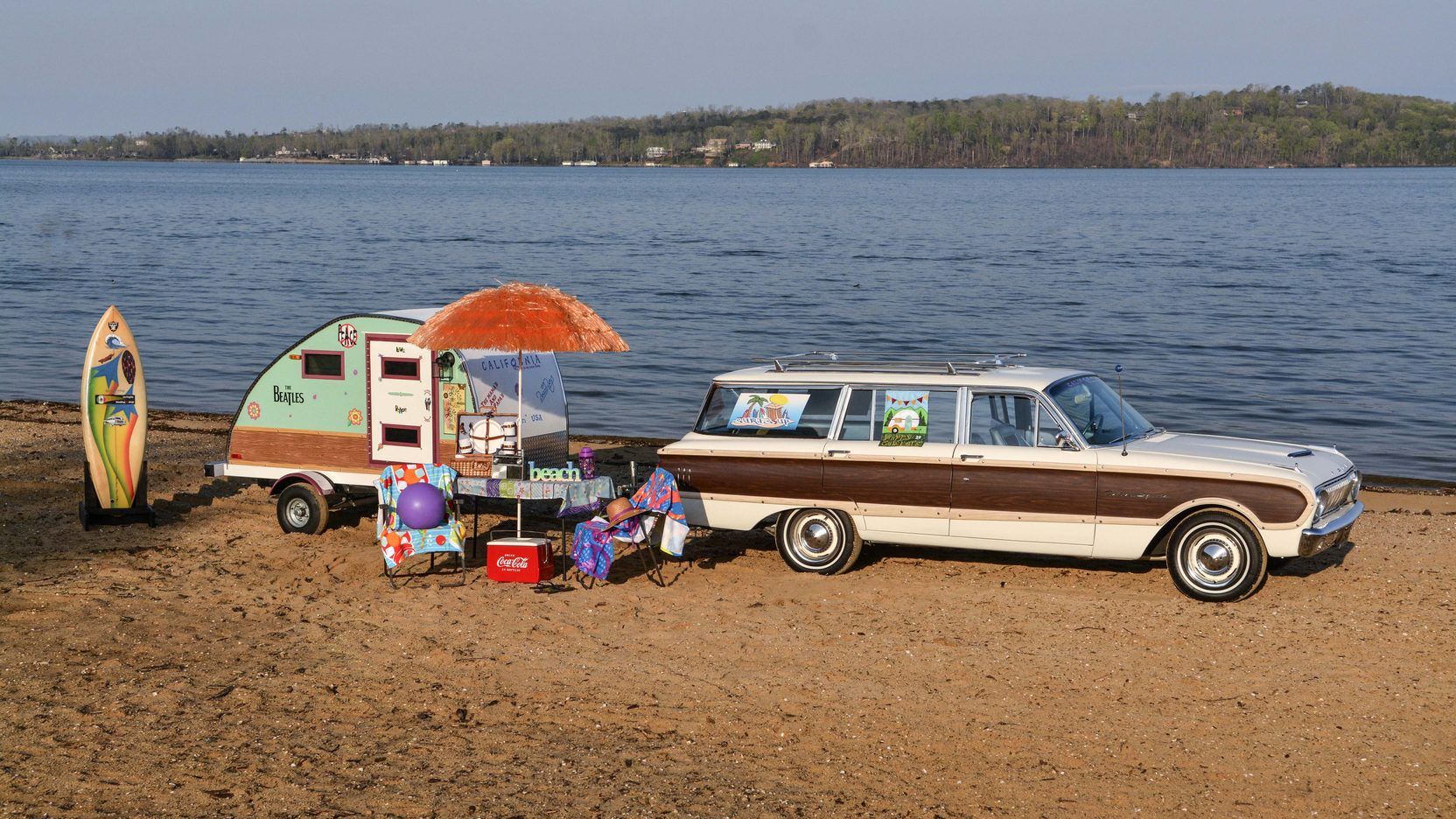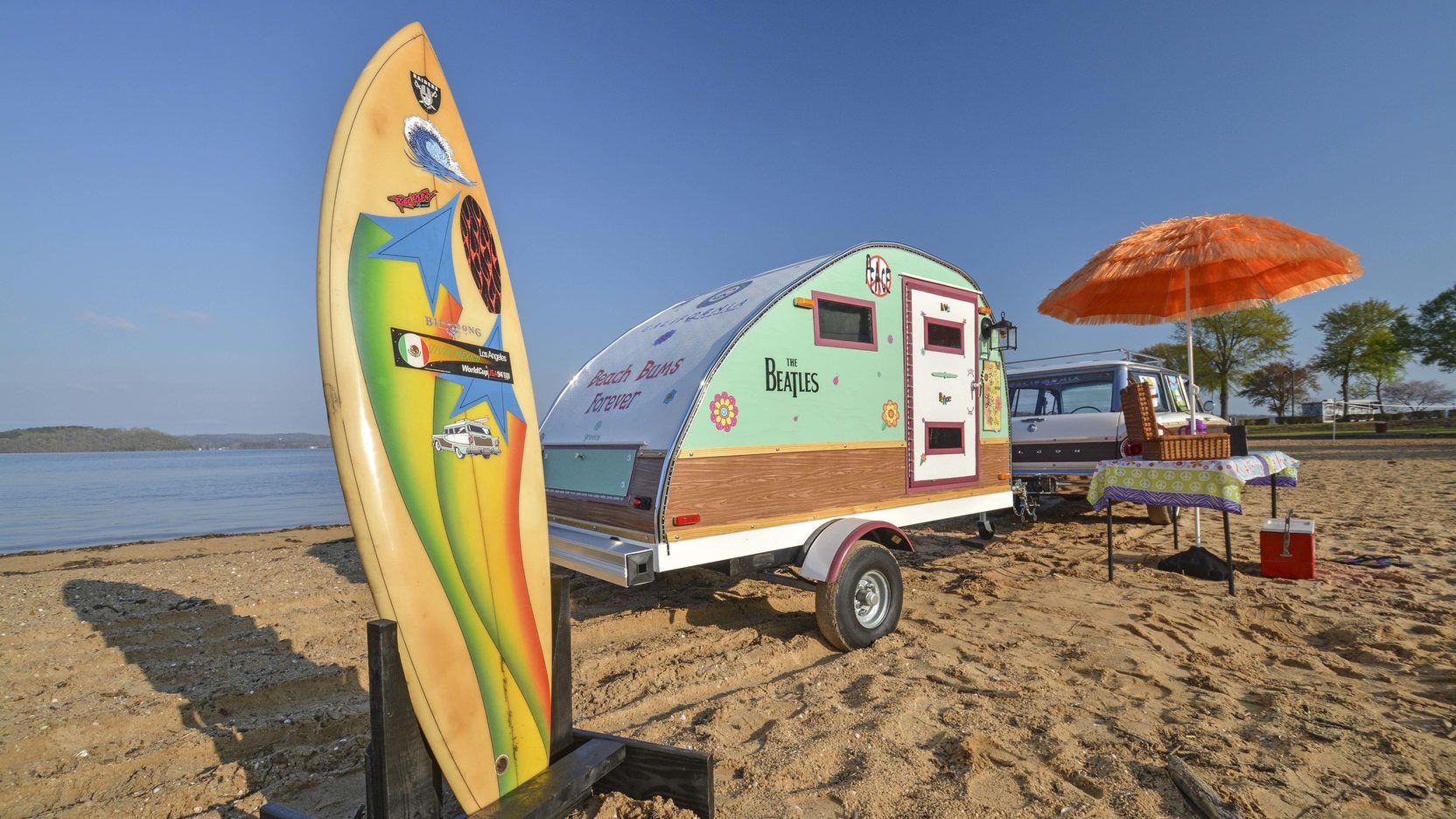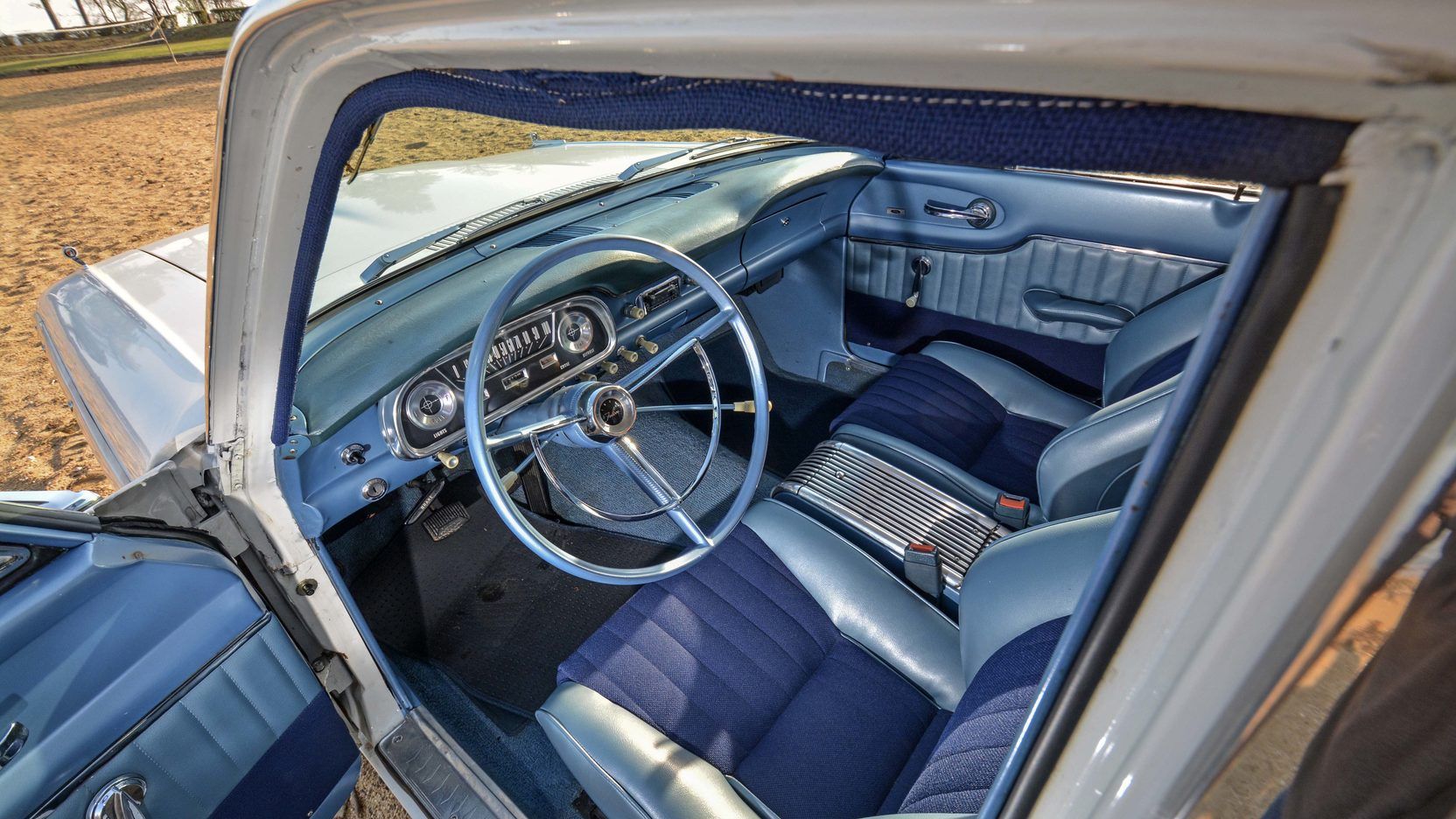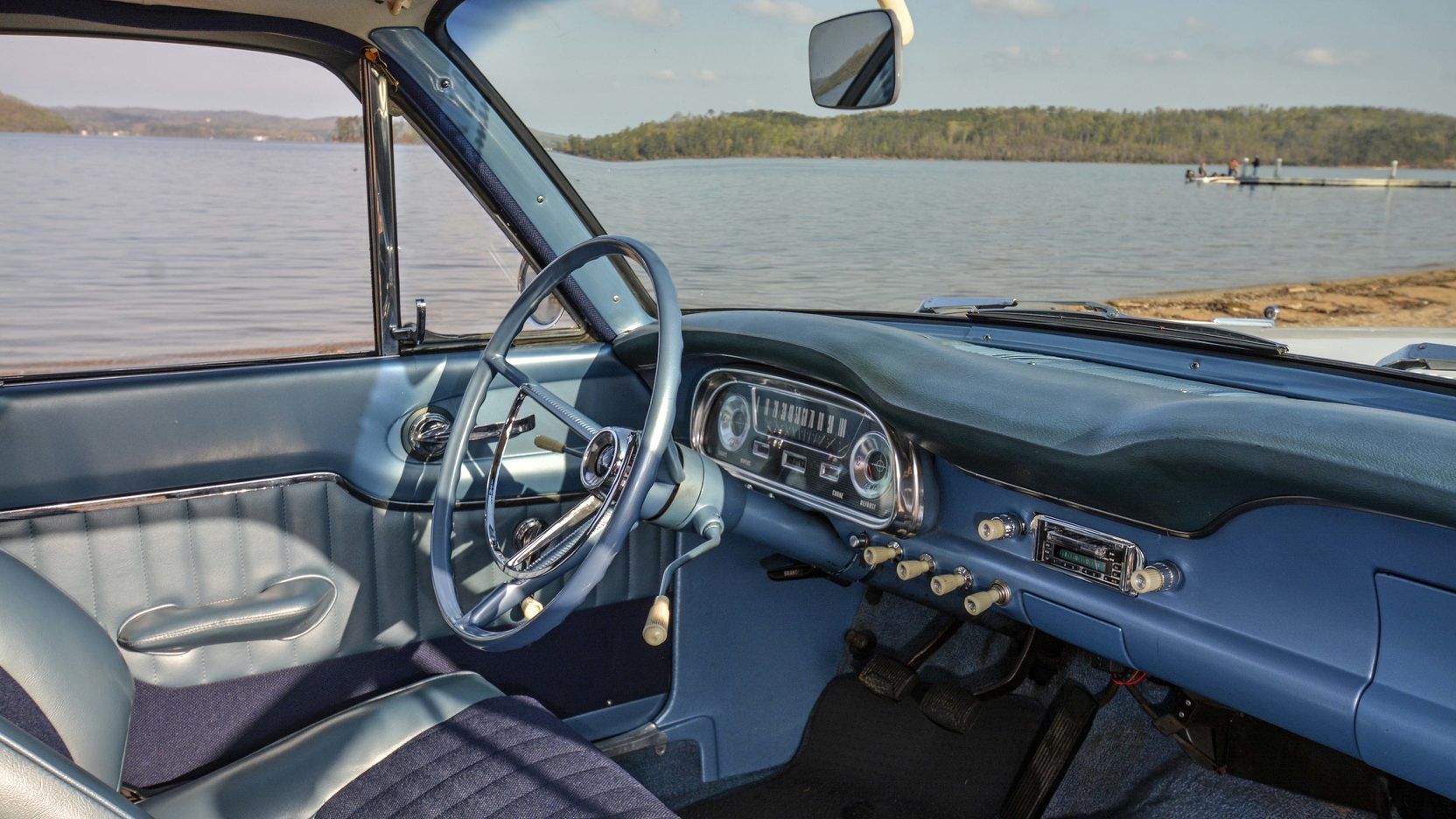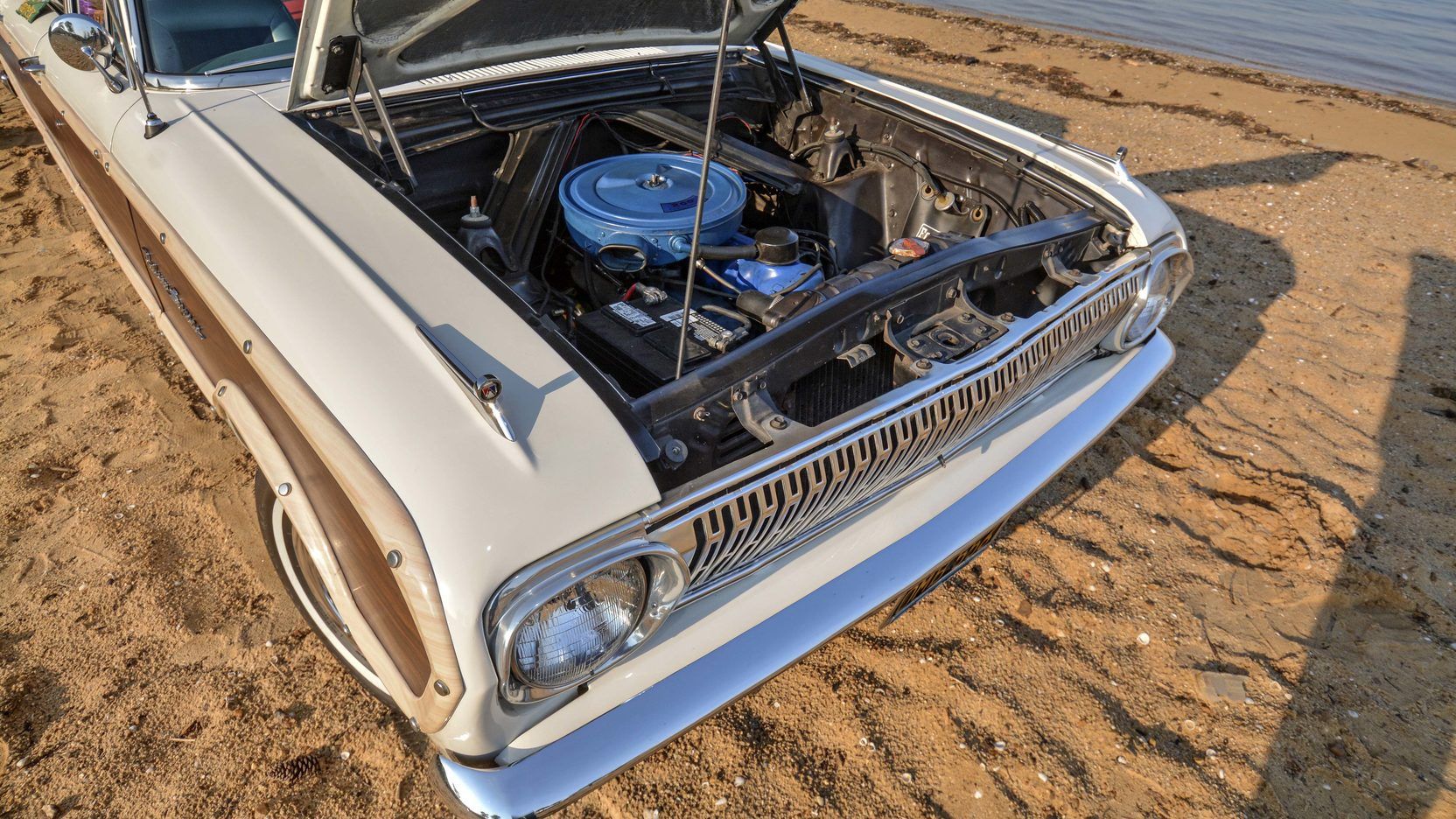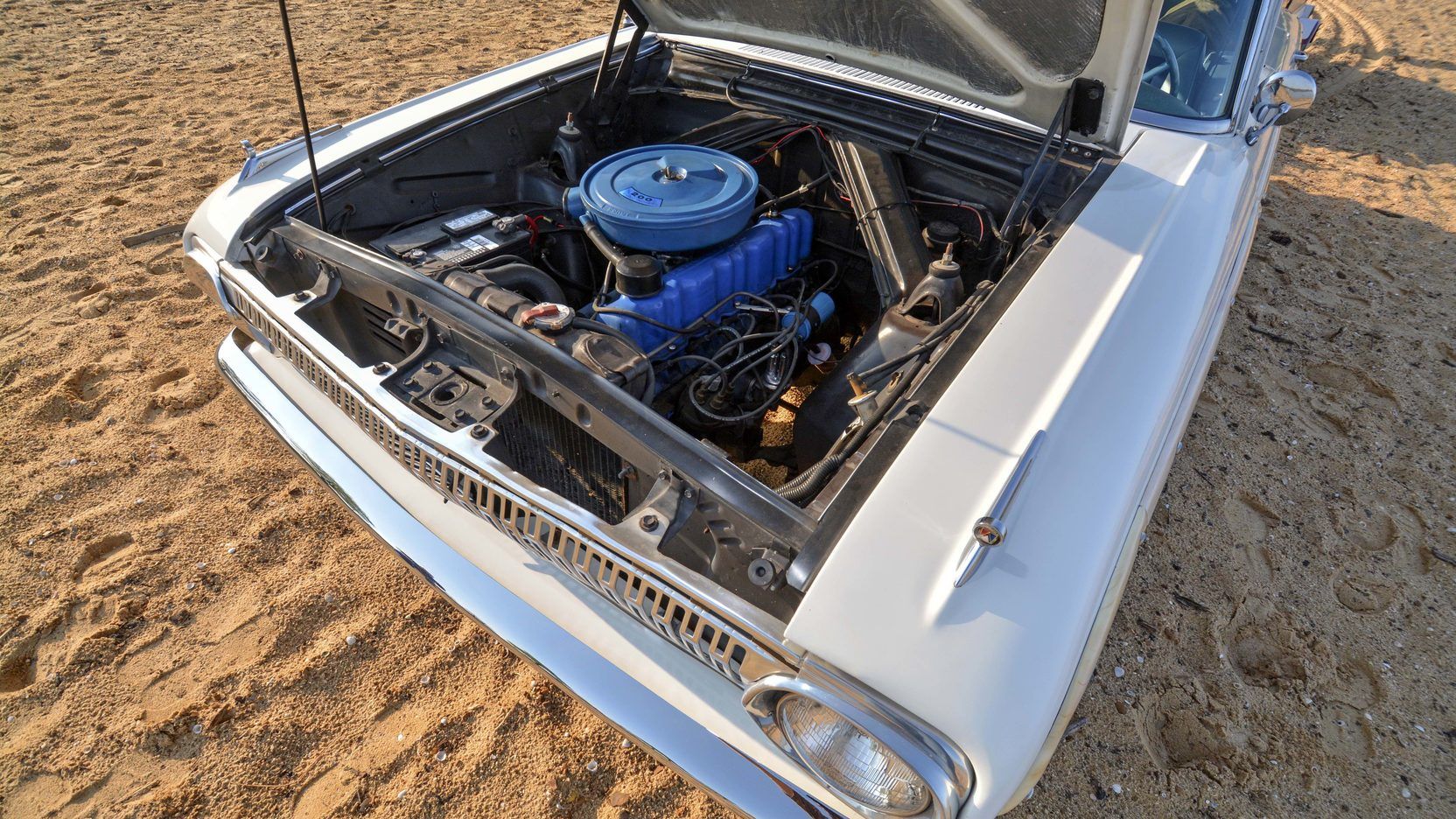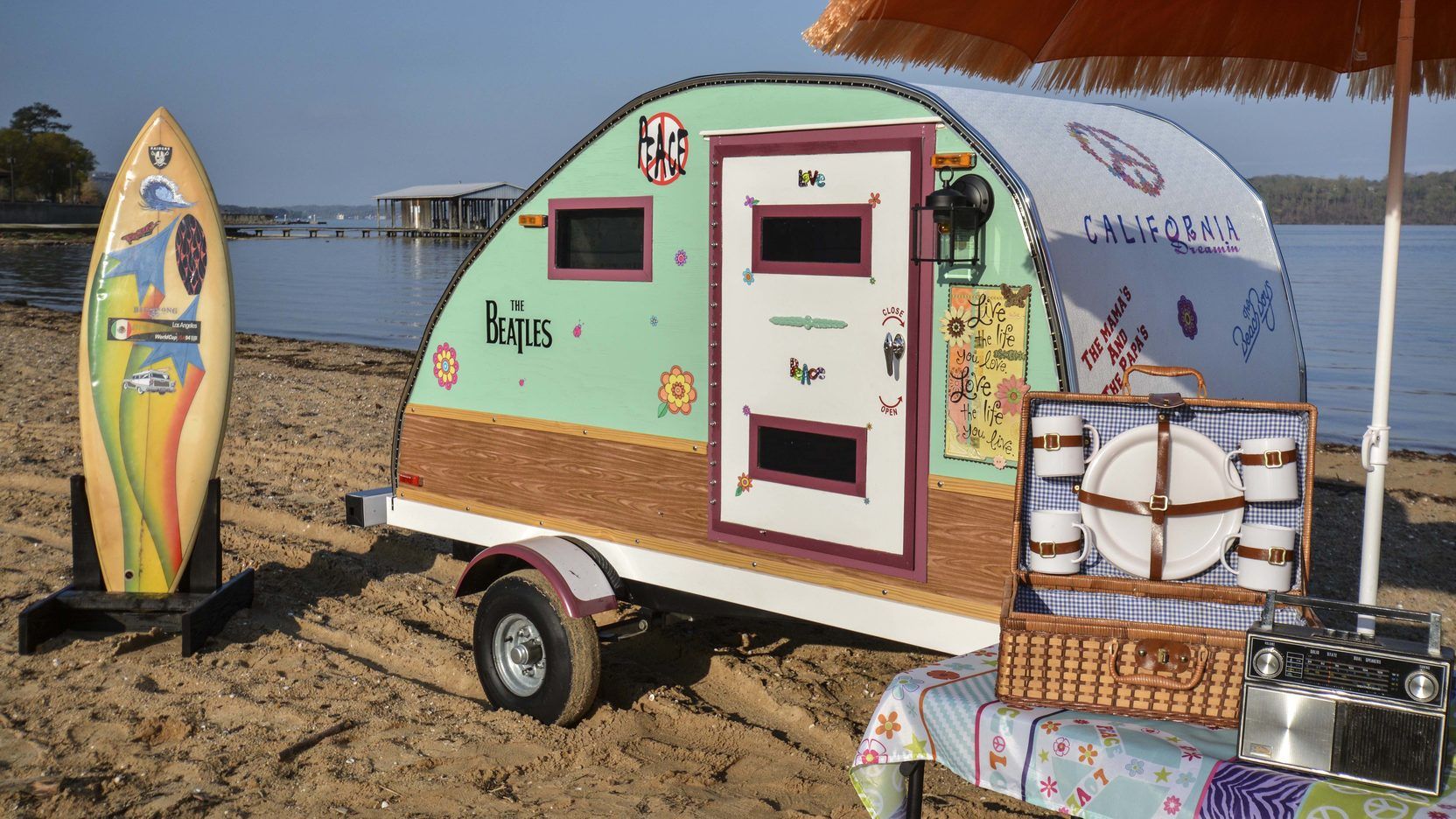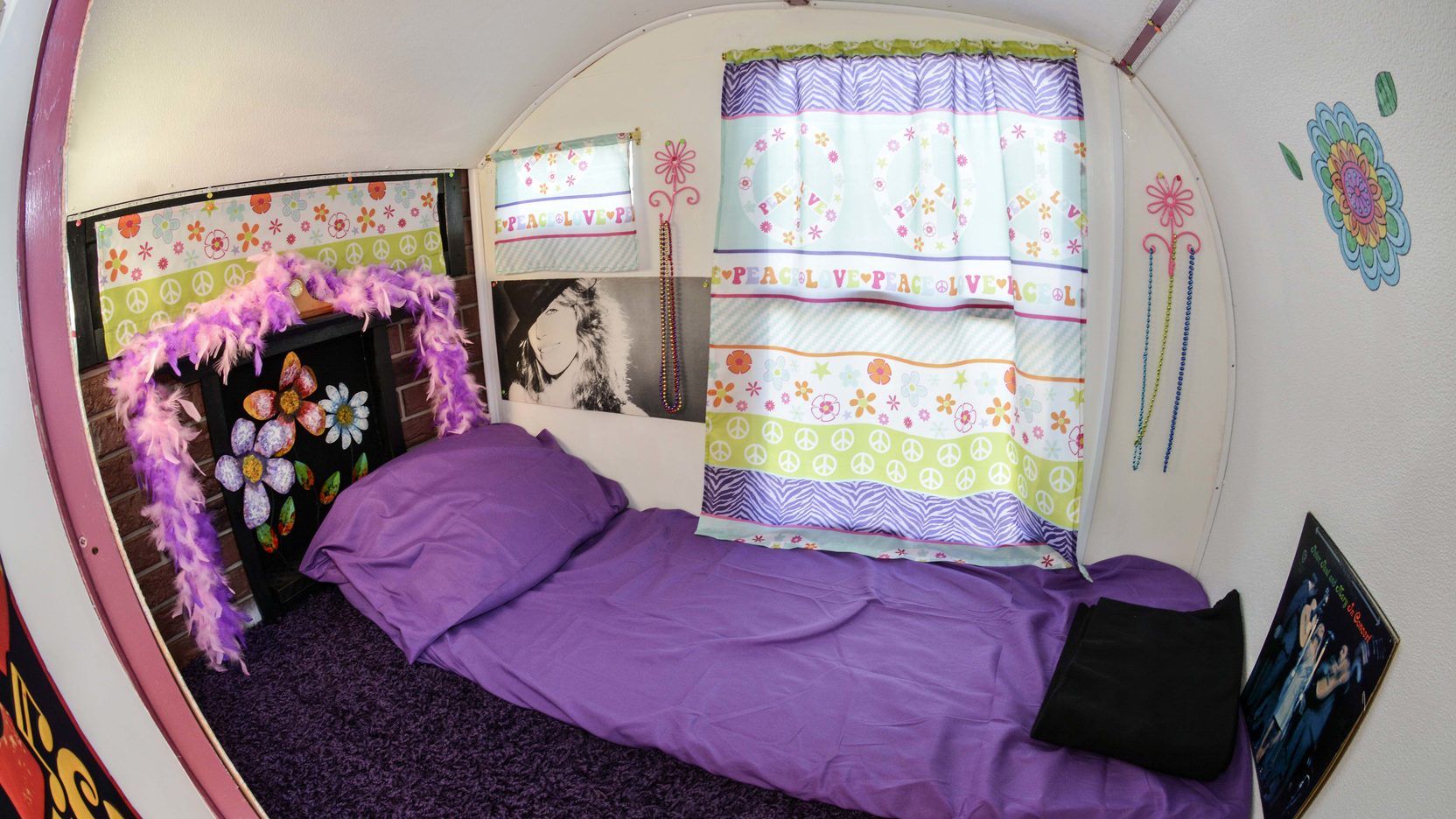Mostly known as Australia's longest-running nameplate (set to be discontinued at the end of 2016), the Ford Falcon also had a North American sibling for a full decade. It was introduced in 1960, alongside the Australian model, but while its cousin from Down Under soldiered on for more than five decades, the U.S.-spec version was discontinued in 1970.
Although short-lived, the Falcon was an influential car and marked the beginning of a new era not just for Ford, but for the entire North American industry too. The compact was conceived in the late 1950s, when Ford realized that larger cars were becoming increasingly expensive and many American families were looking at smaller vehicles, usually imports, for a second car.
Penned under Ford's then general manager Robert S. McNamara, the Falcon was developed with parts sourced from the company's existing bin in order to keep costs as low as possible. FoMoCo also focused on reducing ownership costs. Furthermore, it developed several body styles in order to cover as many niches and customer requirements as possible. The lineup included two- and four-door sedans, three- and five-door wagons, and two-door coupe and convertible models.
The first-generation Falcon Squire Wagon, which we'll be discussing below, arrived in 1962, two years after the Falcon's initial launch. By that time, the compact had already become a hit, setting record sales with over 500,000 units sold in 1960 and over 1,000,000 examples sold by the end of 1961. The Falcon was redesigned for 1964, getting a more squared-off, more modern look.
Continue reading to learn more about the Ford Falcon Squire Wagon.
1962 Ford Falcon Squire Wagon
- Make: Array
- Model: 1962 Ford Falcon Squire Wagon
- [do not use] Vehicle Model: Array
Exterior
Heavily based on the Falcon sedan, the Squire Wagon had an identical front end. The design was pretty simple, with two large headlamps incorporated into a chrome grille that stretched from one corner to the other. Down below, there was a thick, chrome bumper with a square license plate in the middle. The rear end was also similar below the waistline, with round taillights and a chrome bumper that mirrored those in the front fascia.
Of course, the wagon was significantly different above the waist, featuring a larger glasshouse, a tailgate, and a luggage rack on the roof. Another feature that set it apart was the faux wood trim on the sides and the lower area of the tailgate. The side trim covered both the front and rear fenders, as well as the doors, giving the wagon a 1940s appearance. To emphasize on its woody look, the faux wood trim had lighter colors on its edges, which provided a strong contrast against many of the standard paints, including white, dark green, light blue, and red.
All told, the Squire Wagon was by no means fancy design-wise, but its practicality made customers look beyond the boxy and somewhat featureless shape.
Interior
The Squire's interior, also based on the Falcon's, was fairly simple and focused on practicality. The dashboard was devoid of any fancy trim and features a design common to 1960s vehicles. These included the horizontal speedometer flanked by round gauges, a radio unit mounted in the center, and an air-conditioning system below the dash. The driver side and center stack sections had chrome trim. while the rest was usually finished in a two-tone design. While the upper section was black in most cars, the lower section matched the color of the door panels and seats. The carpeted floor offered additional comfort in a car that wasn't designed for the premium market.
While the more expensive Falcons came with sportier seats, the wagon was equipped with bench-style seats front and rear. These provided room for six passengers in reasonable comfort. The trunk area offered plenty of luggage room, which increased by nearly 50 percent thanks to a folding rear bench. The rear seats folded perfectly flat, creating a huge loading area that made the Squire the perfect car for long vacations or hauling big items.
Drivetrain
When it first arrived, the Falcon was offered with just one engine. Power came from a 2.4-liter, six-cylinder engine with a single-barrel carburetor and 95 horsepower. Although this was far from impressive back then, the Falcon's lightweight design and compact size made it pretty nippy, even with less than 100 horsepower at its disposal. By the time the Squire was launched in 1962, the Falcon had received a larger, 2.8-liter straight-six engine rated at 101 horsepower.
A third engine was introduced halfway through the 1963 model year, just before the car was redesigned. This time Ford opted for a 4.3-liter V-8 that cranked out 164 horsepower. However, this unit, which was borrowed from the larger Fairlane sedan, came in the more expensive Falcon models.
While not exactly quick, the six-cylinder models had good fuel economy. Ford claimed 30 mpg combined, which was pretty impressive compared to other American cars at the time.
Two transmissions were offered. A three-speed manual with column shifter was standard, while a two-speed Ford-O-Matic automatic was optional.
The suspension system was rather spartan, featuring coil springs in front and leaf springs in the rear. Brake drums were fitted at all four corners in order to reduce costs.
Prices
For 1962, the Falcon Squire was priced from $2,603, a $556 premium over the standard four-door sedan. These woodylike wagons are obviously worth more nowadays, but they're far from being overly expensive. Prices usually vary between $15,000 to $30,000 for well-maintained examples, but rare models are known to have traded owners for close to $40,000.
Competition
Plymouth Valiant
Also designed as an entry-level model, the Valiant arrived in 1960 on a platform it shared with other Chrysler products. The first-gen model was built until 1962 and included a wagon version alongside the sedan and coupe. Power came from a 2.8-liter six-cylinder and a 3.7-liter six-cylinder. Unlike the Falcon, the first-gen model didn't get a V-8. Transmission choices included a three-speed manual and a three-speed automatic. Much like the Falcon, the Valiant spawned its very own pony car, being used as a basis for the Barracuda fastback, launched in 1964. The Valiant soldiered on until 1976, when it was replaced by the Volare and its Dodge Aspen twin.
Chevrolet Corvair
Introduced for the 1960 model year, the Corvair was radically different from its compact rivals. Not only the styling had a strong European influence, but its engine was mounted in the rear, making it the first (and actually the only) American-designed, mass-produced passenger car with a rear-mounted, air-cooled engine. The lineup included several body styles, including a four-door station wagon that starting 1962 competed against the Falcon Squire. The first-generation model used 2.3-liter and 2.4-liter flat-six engines at first, with a 2.7-liter unit introduced in 1964, its last year on the market. A redesigned model was launched in 1965 and kept in production until 1969.
Chevrolet Chevy II/Nova
The reason why I'm detailing two cars from the same company in this comparison is because Chevrolet went on to develop a compact on the Falcon's principles as soon as it became clear that the Corvair couldn't compete in the same niche due to its rear-engined design. The front-engined Chevy II arrived in 1961 and took the Falcon by storm with several body styles, including a station wagon. Unlike its competitors, Chevy offered an entry-level, 2.5-liter four-cylinder engine alongside the usual straight-six offerings, as well as larger V-8 units. By 1965, when Chevy was preparing a second-gen model, the compact was available with 4.6-liter and 5.3-liter V-8 engines, making it as powerful as the entry-level Ford Mustang and Pontiac GTO.
Find out more about the Chevrolet Chevy II/Nova here.
Conclusion
Needless to say, the Ford Falcon doesn't enough credit for its impact on the automotive industry. The compact not only reshaped the way Ford, GM, and Chrysler looked at the market in the early 1960s, but also confirmed that smaller vehicle can become successful and return decent profits. What's more, the Falcon eventually prompted Ford to release the Mustang, which went on to become an American icon. Without the Falcon, the Mustang might not have existed in the form we know today, and let's face it, we wouldn't change any of that. As for the Falcon Squire, it was far from impressive in any department, but its woody-inspired design and good fuel economy made it a success story compared to most of its competitors.


